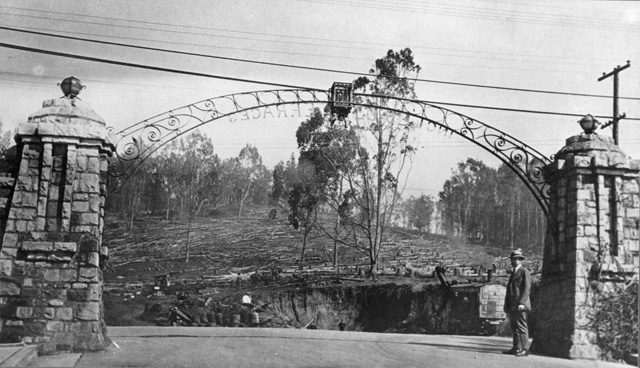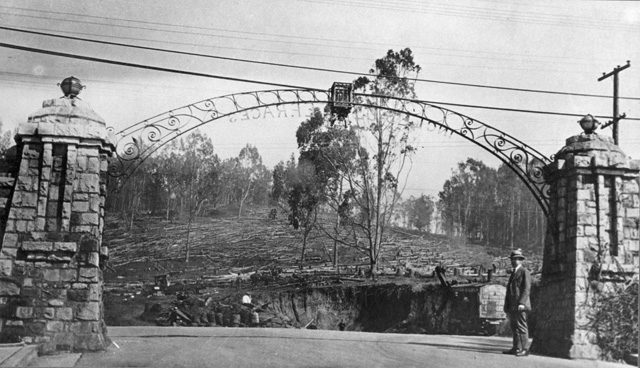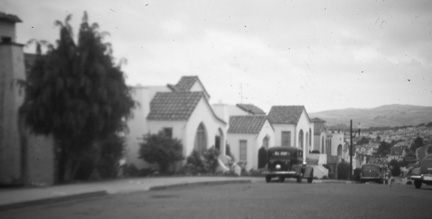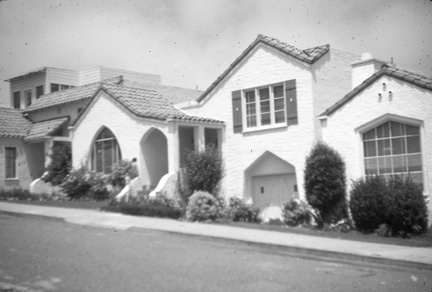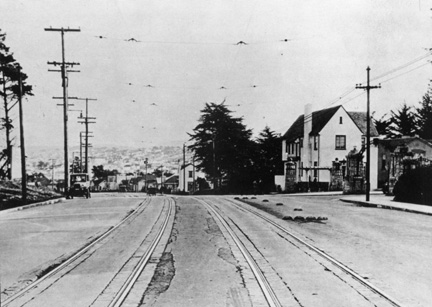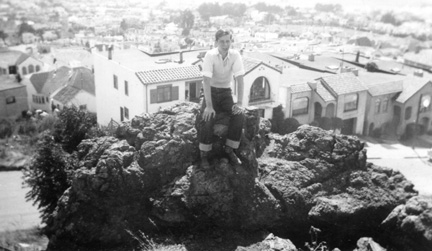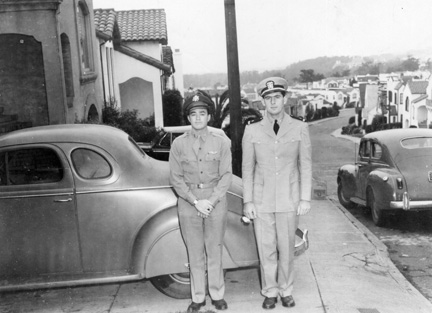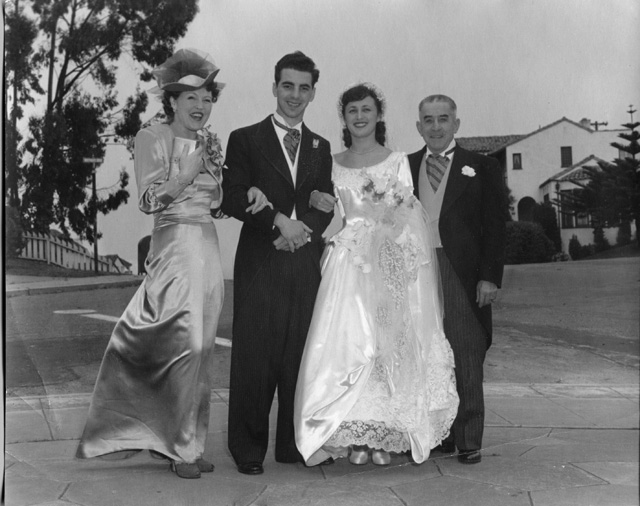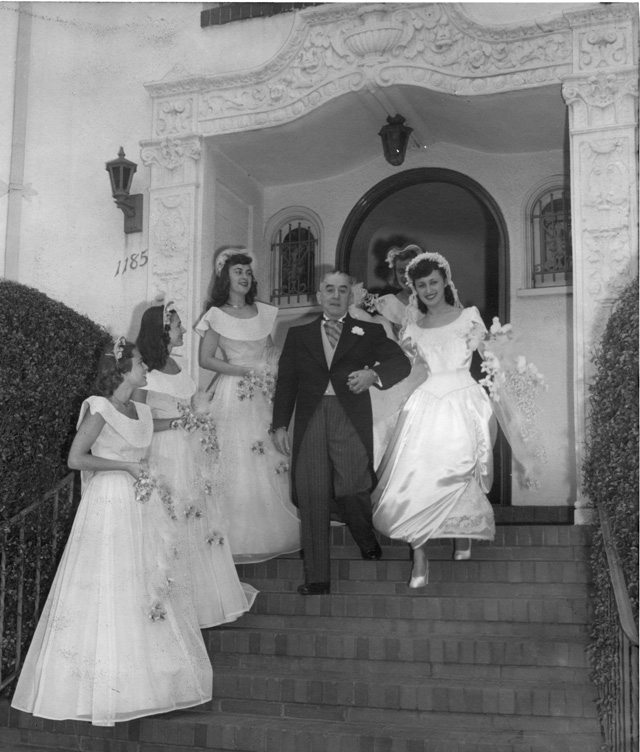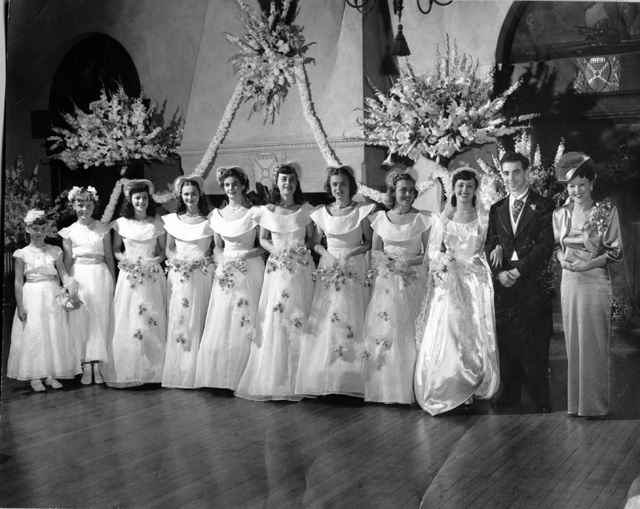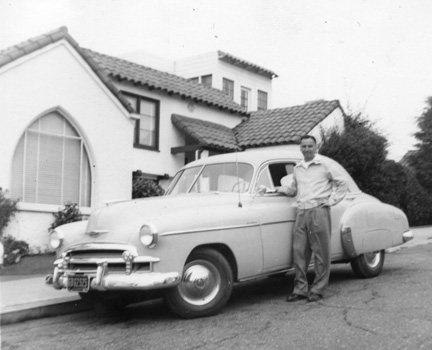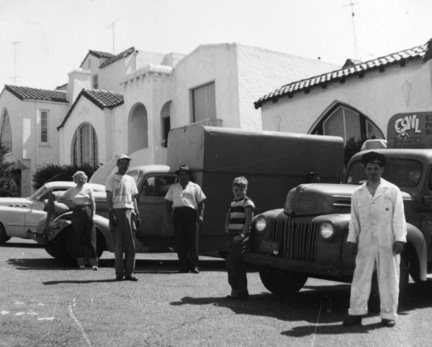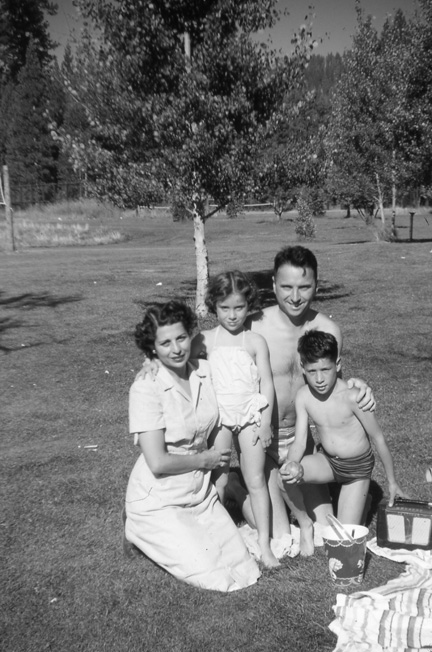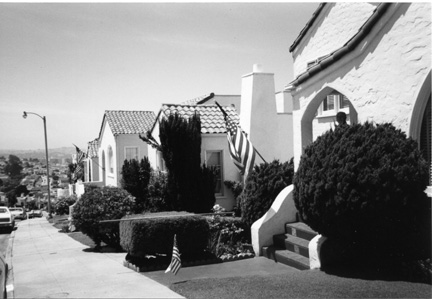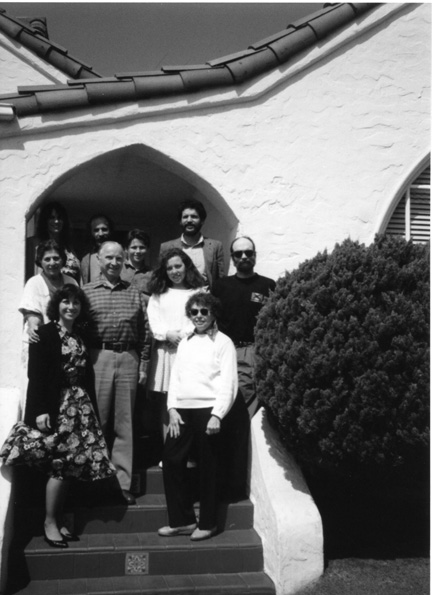Mount Davidson Manor
Bounded by Ocean Avenue and Monterey Boulevard between Westwood Park and Balboa Terrace, this neighborhood of single family detached tile roofed homes was built by Fernando Nelson, who built over 4000 San Francisco homes, from Victorians to Spanish Mediterraneans, in a career which spanned almost a century. Historian Judith Lynch writes, “Arriving in San Francisco in 1876, he built his first home on Church Street when he was 16. Nelson wanted to produce homes that working families could afford and kept his prices low by mass producing houses as early as 1880. As he did in Mount Davidson Manor, he would buy whole blocks, or in this case, 50 acres, and cover them with similar type houses. His Victorians abound in the Inner Mission, Eureka and Noe Valleys, and the Mint Hill neighborhood.” By the 1900s, he was building homes in the Richmond and Sunset Districts, then around UCSF and West Portal before coming to Mount Davidson Manor in 1923.
Gallery
Fernando Nelson removing the trees from Sutro Forest for the building of Mount Davidson Manor (seen below). He also developed the streets, sewer systems, and other facilities in an undertaking unusual for that time. (Courtesy Ken and Kathy Hoegger.)
Nearby Ocean Avenue streetcar in the 1920s, opposite Ingleside Terraces. (Courtesy Margie Whitnah.)
Tom O’Neill on the rocky hill above his home at 826 Darien Way in the 1930s. He received a Purple Heart for his U. S. Army service during World War II. This bi rock was a little nearby adventure for Margie Whitnah in the 1950s and it is where she found some very, very old sea shells that mysteriously became part of the bark on trees in that plot of land. They were unlike any shells one would find at the beach – very thick and gnarlly. She also found more like them about a block away in some soil and saved them for decades because they were so unique.(Courtesy Tom O’Neil.)
Tom’s brother, Navy Air Cadet William O’Neill, on the winding stairway entrance to their Darien Way home in September 1942. (Courtesy Tom O’Neill.)
U.S. Air Corp 2nd Lt. Ray Gallagher and U.S. Navy Lt. J.G. John O’Neill in 1942 next to the O’Neill home. The Gallaghers lived next door in this view of the tile-roofed view homes along curvilinear streets that distinguish Mount Davidson Manor. (Courtesy Tom O’Neill.)
Jack and Elvira (Dettner) Granfield in 1948 with their daughter, Elvira “Cis,” and her new husband, Joseph R. Bisho Junior, in front of their house on Monterey Blvd. at Northgate. Joe Bisho Jr. and his friends, Warren Coughlin, future owner of Willig Truck Lines, Jim Hart, Bill Moore, and others were graduated by Saint Ignatius High School in 1943, six months early, so they could be drafted for service in World War II. (Courtesy Dave Bisho.)
Jack Granfield proudly escorting his daughter down the stairs of their Mount Davidson Manor home with her bridesmaids lined up to watch. (Courtesy Dave Bisho.)
Joe and Cis Bisho at their wedding reception. Joe served in the 86th Blackhawk Infantry Division in Germany and in the Battle of the Bulge as a scout for the U.S. Army, receiving two purple hearts and two bronze stars. He was then dispatched on a troop ship that was scheduled to land in Japan, but when the atomic bomb was dropped and Japan surrendered, he was sent to the Philippines instead to help wrap up things there. He got out of the army in 1946 when he was 21, then went back to sign up for more service in Korea, but was talked out of it by the recruiting officer. Both he and his son, Dave, would serve as President of the West of Twin Peaks Central Council.
Bill Brown loved his 1950 Chevy and his Mount Davidson Manor home at 161 Pinehurst Way, living there 47 years from 1946 with his wife, Espie, who he met when they lived nearby in Ingleside Terraces. Graduating from San Francisco Junior College in 1940, he was a financial analyst, forty-two years for Standard Oil. During World War II, he was stationed in San Francisco as a Navy yeoman. Conveniently, Bill rode local streetcars daily both “to war” or to work. (Courtesy Margie Whitnah.)
Moving day in Mount Davidson Manor in the 1950s. Neighbors appreciated Bill’s helpfulness in repairs, advice, and getting things done and well. That “Bill Brown Method” was responsible for spurring the completion of the Golden Gate Park Pavilion at Stow Lake.(Courtesy Margie Brown Whitnah.
Espie, Margie, Bill, and Steve Brown on one of their many summer trips to Camp Mather in the 1950s. San Francisco’s City Camp near its Hetch Hetchy Dam has been a popular summer retreat for residents in the summer fog belt since the 1920s. (Courtesy Margie Whitnah.)
Around 1952, Margie Brown enjoyed visits with the Borden’s Dairy milkman, Leo, who delivered dairy products every weekday to Mount Davidson Manor homes. The mothers (and their little helpers) used Borden’s small fan of colored cardboard tags to request items – chocolate milk, cream, even cottage cheese in colored tin drinking cups!The fan rested in the neck of one of the glass milk bottles being returned. (Courtesy Margie Brown Whitnah.)
A neighborhood Cub Scout den from Pack One, which was the first Cub Pack on the Pacific Coast and west of the Rockies. Ben Teshara, a Darien Way resident and owner of Sun Valley Dairy at Shamrock Ranch in Pacifica, was the Cub Scout Master for 25 years from 1937 through 1962. Steve Brown, who grew up on Pinehurst Way, is in the top left corner of this photo taken at one of the weekly den meetings. Mrs. Brown was den mother for the Cub Scouts and later a Brownie and Girl Scout leader for her daughter Margie’s troops. (Courtesy Margie Brown Whitnah.)
Mount Davidson Manor was described in an article about the neighborhoods west of Twin Peaks as, “A conservative, well manicured neighborhood of free-standing, middle-income family homes, all pre-dating World War II.” (Courtesy Margie Whitnah.)
Three generations of the Brown family together for Easter 1993 with Margie’s children, husband Gregg Whitnah, and his family, in front of their Pinehurst home. Back row: Cynthia Johnston with Steve Brown, Tommy Whitnah, Gregg Whitnah; Next row: Espie (Linda) Brown, Bill Brown, Laurel Whitnah, Vince Whitnah (Gregg’s younger brother); Front row: Margie Whitnah and her mother-in-law, Ria Ericson.(Courtesy Margie Brown Whitnah.)

